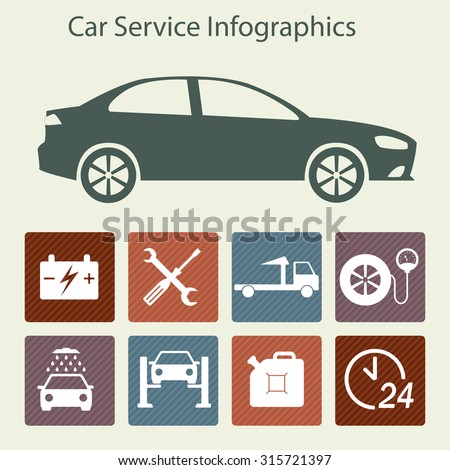Interpreting Your Auto'S Alert Lights: Their Real Ramifications
Interpreting Your Auto'S Alert Lights: Their Real Ramifications
Blog Article
Web Content By-Faulkner Shepherd
When you're behind the wheel, those beautiful warning lights on your dashboard can be a bit bewildering. Do https://zanderwphbt.atualblog.com/36041570/impressive-transformation-of-a-neglected-car-reveals-the-astonishing-power-of-expert-detailing-methods-the-outcomes-will-certainly-leave-you-amazed understand what they're attempting to tell you regarding your automobile's health? Comprehending the relevance of these lights is vital for your security and the long life of your lorry. So, https://brake-change-cost39516.blog-eye.com/30049962/how-to-detail-an-automobile-in-under-an-hour-a-novice-s-quick-overview among those lights turns up, would not you wish to analyze its message accurately and take the necessary actions to address it?
Common Warning Lighting and Interpretations
Determine common caution lights in your automobile and recognize their significances to guarantee secure driving.
One of the most regular warning lights consist of the check engine light, which signals issues with the engine or discharges system. If this light begins, it's crucial to have your car checked promptly.
The oil stress alerting light suggests low oil stress, requiring prompt focus to stop engine damages.
A flashing battery light might suggest a malfunctioning billing system, potentially leaving you stranded otherwise resolved.
The tire stress surveillance system (TPMS) light signals you to reduced tire pressure, affecting car stability and fuel performance. Ignoring this could bring about hazardous driving conditions.
The abdominal muscle light suggests a problem with the anti-lock stopping system, endangering your capacity to stop rapidly in emergencies.
Last but not least, the coolant temperature cautioning light warns of engine getting too hot, which can result in extreme damages if not resolved swiftly.
Understanding these usual caution lights will aid you address problems quickly and preserve secure driving problems.
Value of Prompt Focus
Comprehending the usual caution lights in your automobile is just the initial step; the significance of immediately dealing with these warnings can not be highlighted enough to ensure your security when driving.
When a caution light brightens on your control panel, it's your automobile's way of communicating a potential problem that requires attention. Overlooking https://www.autoblog.com/2021/10/23/repair-shop-delays-parts-shortage/ can bring about much more serious troubles down the road, compromising your safety and security and potentially costing you much more out of commission.
Trigger interest to advising lights can avoid break downs and crashes. For instance, a flashing check engine light might indicate a misfire that, if left unattended, can cause damage to the catalytic converter. Resolving this promptly can save you from a costly repair.
Likewise, a brake system warning light may signal low brake liquid or used brake pads, vital parts for your security when driving.
DIY Troubleshooting Tips
If you observe a caution light on your control panel, there are a couple of do it yourself troubleshooting suggestions you can attempt prior to looking for expert assistance.
The initial step is to consult your auto's guidebook to recognize what the specific caution light suggests. Often the problem can be as easy as a loose gas cap causing the check engine light. Tightening up the gas cap may solve the issue.
One more common concern is a low battery, which can set off various alerting lights. Checking the battery connections for rust and ensuring they're safe could repair the issue.
If a caution light lingers, you can attempt resetting it by disconnecting the car's battery for a few minutes and after that reconnecting it. In addition, checking your vehicle's fluid levels, such as oil, coolant, and brake liquid, can help troubleshoot cautioning lights related to these systems.
Verdict
Finally, recognizing your car's caution lights is important for maintaining your car running smoothly and securely. By quickly resolving these signals and knowing what they indicate, you can avoid expensive repair work and possible failures.
Remember to consult your cars and truck's handbook for certain information on each warning light and do something about it accordingly to ensure a trouble-free driving experience.
Remain informed, remain secure when driving!
